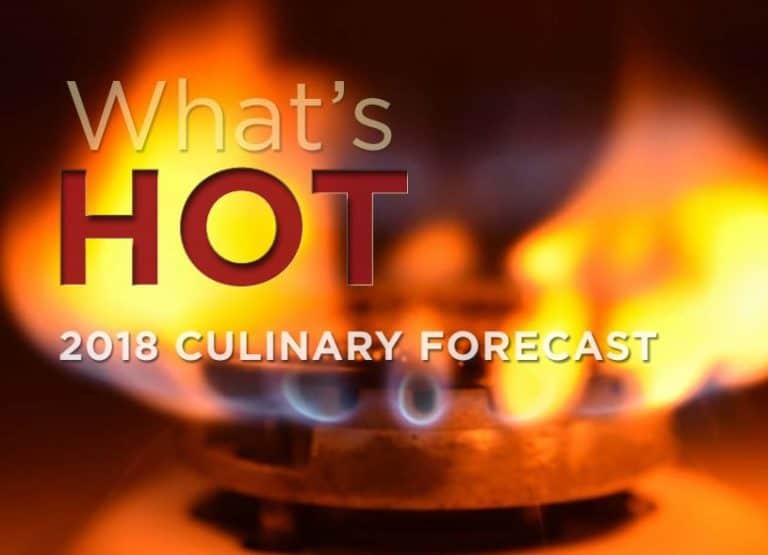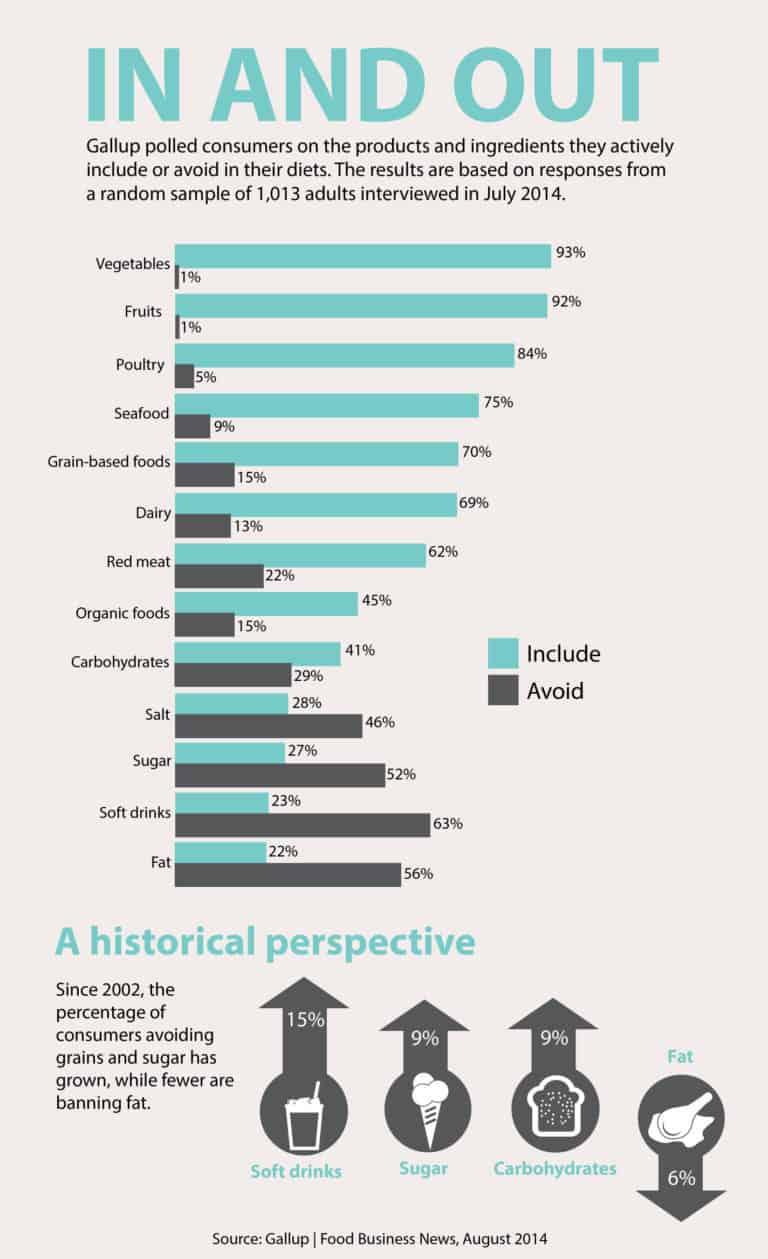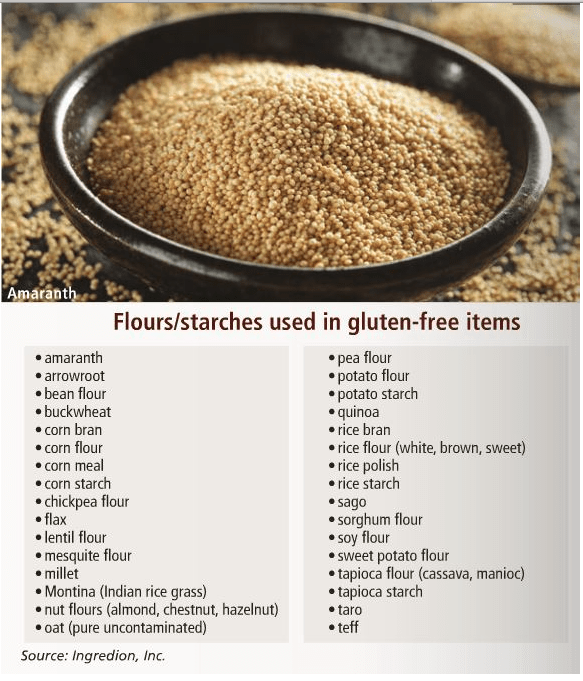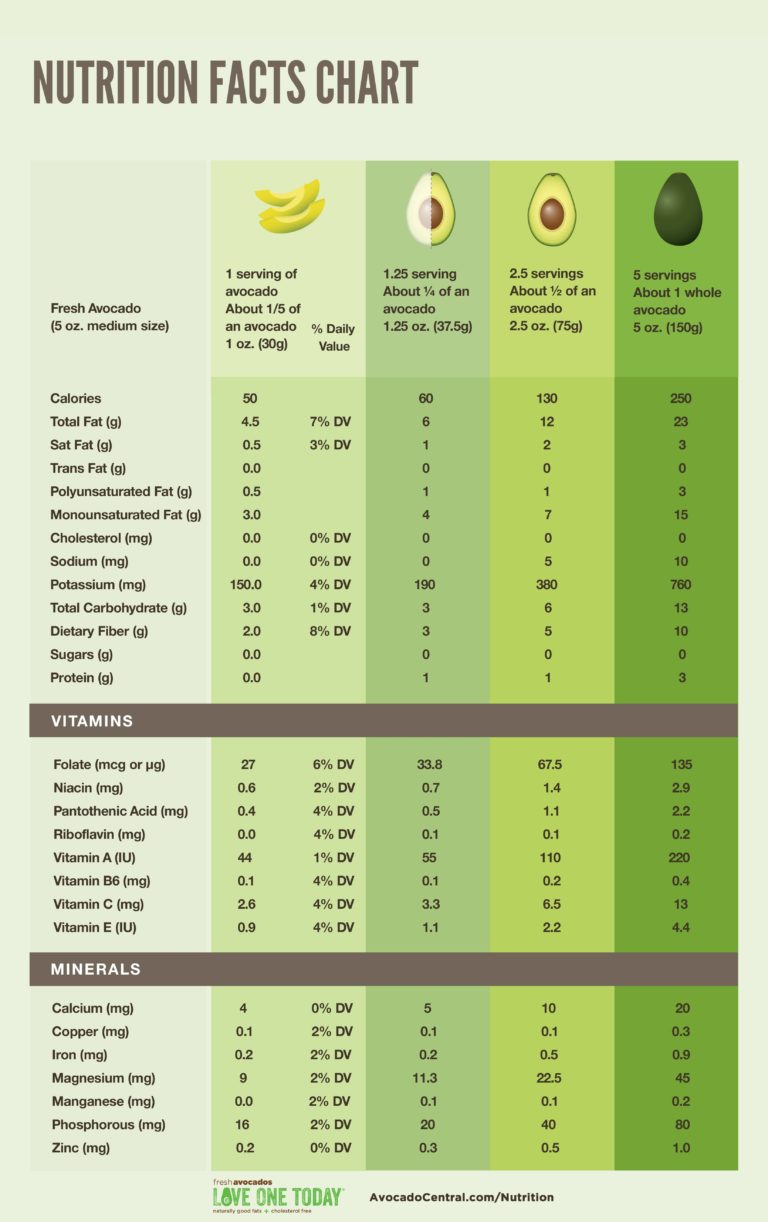Welcome to Our Sixteenth Issue!
Featured Chef - Joel Robuchon

This week, the big event is the death of Joel Robuchon at the at the age of 73 years young. In 1966, Robuchon joined the “Companion du Tour de France”, enabling him to travel throughout the country, learning a variety of diverse regional techniques. At 28 he was appointed has head chef at the hotel Concorde- Lafayette. At 31, he won “le meilleure Ouvrier de France”for his craftmanship in culinary Art. He was awarded “Chef of the Century, in 1989 by Gault Millau and started his own restaurant in Paris called Jamin. Through his various restaurants he has accumulated a total of 25 Michelin guide stars; the most of any chef in the world.
Robuchon was the most influential French chef. He was known for the relentless perfectionism of his cuisine; He was instrumental in leading French cuisine away from the excesses –and excessive reductionism of nouvelle cuisine.
What's HOT?
Let's be real
The American food system today has some pretty daunting issues. We’re saddled with a farming system that, on the whole, releases a massive amount of greenhouse gases into the atmosphere (675 million metric tons annually at the most recent tally, to be exact), sucks nutrients from the soil, and leaches chemicals into the water table. And in regions with some of the richest farmland, historically speaking, you can’t buy a fresh vegetable for love or money — but you can get a two-liter bottle of potable sugar and an endless variety of nutritionally vacant foodstuff approximations at any corner store.
To that end, we find ourselves in the midst of a dietary and environmental crisis. We could ask, “How did we get here?”, but I’m not trying to answer that question. There are many possible culprits at whom we could point fingers, but what’s much, much more important is how we get ourselves out of this mess. Learn more!
Information provided by Aminta Martínez-Hermosilla, MS
James Beard House
The American food system today has some pretty daunting issues. We’re saddled with a farming system that, on the whole, releases a massive amount of greenhouse gases into the atmosphere (675 million metric tons annually at the most recent tally, to be exact), sucks nutrients from the soil, and leaches chemicals into the water table. And in regions with some of the richest farmland, historically speaking, you can’t buy a fresh vegetable for love or money — but you can get a two-liter bottle of potable sugar and an endless variety of nutritionally vacant foodstuff approximations at any corner store.
To that end, we find ourselves in the midst of a dietary and environmental crisis. We could ask, “How did we get here?”, but I’m not trying to answer that question. There are many possible culprits at whom we could point fingers, but what’s much, much more important is how we get ourselves out of this mess. Learn more!
Information provided by Aminta Martínez-Hermosilla, MS
Think Positively (Leadership)

Is the guiding force that will help you identify your path to success by providing a strong foundation for all strategic decision-making.
Definition: Leadership is getting results in a way that inspire trust, it is maximizing both your current contribution and your ability to contribute in the future by establishing the trust that make it possible. Lead on!
Quote's
That will help you stay ahead of the game.
It’s not about perfect. It’s about effort. And when you bring that effort every single day, that’s where transformation happens. That’s how change occurs.
Lead On!
Participative Theories of Leadership
Participative Theories of Leadership are considered by some to be an ideal style of leadership because they consider input from others. Leaders utilizing this type of theory tend to encourage both contributions and active participation from other group members. In turn, this allows the other group members to feel more relevant and committed to the direction the leader has chosen to go. The only real caveat here is that the leader maintains the right of what input to allow from the other group members.
Dr. Gary Brant
For more information regarding the Participative Theories please visit: Behavioral Leadership
It has been my observation, over the years, that many leaders rank low on empathy. They understand it intellectually, they just don’t pay enough attention, ask the right questions or comprehend that it is not just about what your colleagues think, but about how they feel. To be an effective leader you need to do more than just manage the bottom line and watch the numbers like a hawk. Obviously that may be necessary, but so is offering suggestions, being supportive, being a source of creative ideas, helping your people think through their roles and helping them make the best use of their time. In fact, that is precisely what the best leaders do.
Patrick J. McKenna
As you think about how you exhibit genuine empathy here are five questions for you to contemplate. For more information visit: patrickmckenna.com
Culinary Corner

Form the American Culinary Federation, your chance to create spectacular dishes and contribute with inspirational new ideas.
Click below for more information:
The 2016 Menus of Change Annual Report was released at the fourth annual Menus of Change leadership summit on June 14. It includes an analysis of issues at the convergence of public health, the environment, and the business of food, plus and updated Dashboard of how the food and foodservice industries have progressed—or not—since last year’s report was issued.
The World Culinary Arts Video Series
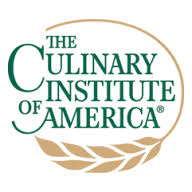
Read more and enjoy the videos at: Amazing video library from The Culinary Institute of America
Trends to Watch

Just like fashion, food trends come and go in the blink of an eye. Every year, we see a rise in these fads that inevitably affect the way we eat and plan our meals. From superfoods to juice cleanses, the modern dining pattern has undeniably been influenced by the presence of a health-conscious effort, which we see continuing into 2018.
Hungry for more? Visit 2018 Food Trend Predictions
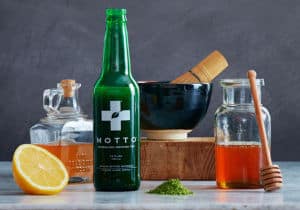
Plenty of health fads go like this: Flashy food gets a publicist, becomes famous overnight, and disappears forever. Then there are the legit healthy heroes—the less-hyped-yet-hard-working kind that go about quietly for years before finally getting their moment.
And let’s not forget the salad-bar staples that are forced into the spotlight when new research surfaces, highlighting yet another health benefit. Even the fittest bodies can have a hard time keeping up. Here are the ones you should get to know: Matcha, Sea Buckthorn, Beets, Maca.
Learn more by visiting: The New Health Foods: What to Eat Now
Meeting the Demand for Safe, Natural Products
Lately, while shopping at my local grocery store, I have noticed the increasing number of food products marketed as organic or preservative-free. More and more, consumers are demanding green labels and ingredient lists they can understand. Yet food safety — preventing food spoilage and contamination from microbial pathogens — must remain a top priority for food producers. The food safety industry faces many challenges if it is to transition away from the use of refined chemicals toward more label-friendly preservatives.
By Suzanne Osborne, PhD
Wednesday, 30 April 2014
Hail to the Kale!!
Kale is one of the cruciferous vegetables, cancer fighters full of fiber and antioxidants. great addition to salads or you can bake it with a spritz of extra virgin-olive oil and sea salt for a crispy potato chip alternative.
Culinary Forecast

Nutrition, Eat Better
Salt, Consuming the right amount, Most Americans consume more sodium than is good for their health, according to the Centers for Disease Control and Prevention. Learn more!

8 Tips For Avoiding Gluten Cross Contamination – PrimoHealthCoach
▪ Oils that have been used to deep fry battered foods will contaminate foods like French fries. Use separate oils, and ask the chef when dining out if the same oil is used for battered foods.
▪ Cutlery, utensils and potsand pans must be thoroughly cleaned before cooking gluten-free to avoid cross-contamination.
▪ Toasters and ovens that have been used for glutenous breads can contaminate gluten-free breads. At home try to keep two separate toasters.
▪ Grills and barbecues can easily cross-contaminate foods if not properly cleaned. Many sauces used to barbecue have gluten.
▪ Sifters used for both glutenous and gluten-free flours will cross-contaminate. At home if you use both types of flour, keep separate properly labeled sifters.
▪ Your mayonnaise, peanut butter jar, jams and jellies are easily contaminated when making sandwiches.
▪ Glutenous flours have a tendency to stay airborne for some time after use. Cooking in a kitchen shortly after preparing foods with glutenous flours is risky for the sensitive person. Because of this I find it very hard to believe that you can get a truly gluten-free pizza from a pizza restaurant that makes regular pizza as well.
▪ Any foods not prepared in a gluten-free facility, including your own home, runs the risk of getting cross-contaminated.
Goodness!!
Avocado oil; this silky fruit oil helps fight joint condition and promoted soft skin.
